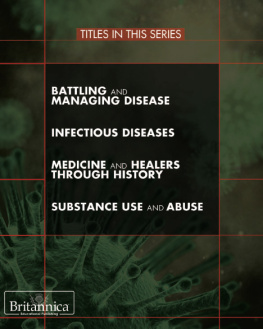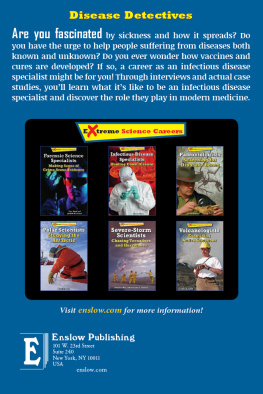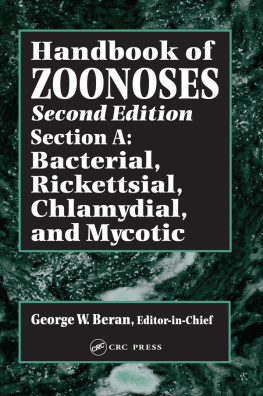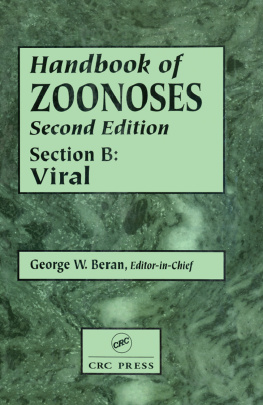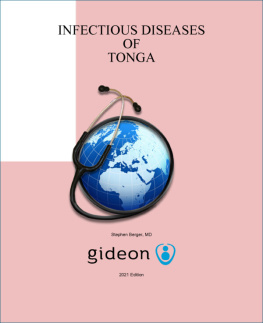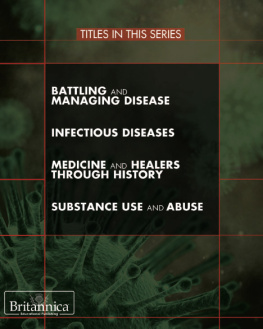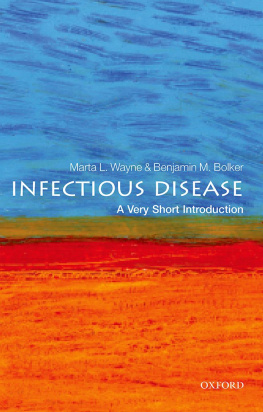INFECTIOUS DISEASES
HEALTH AND DISEASE IN SOCIETY
INFECTIOUS DISEASES
EDITED BY KARA ROGERS, SENIOR EDITOR, BIOMEDICAL SCIENCES

Published in 2011 by Britannica Educational Publishing
(a trademark of Encyclopdia Britannica, Inc.)
in association with Rosen Educational Services, LLC
29 East 21st Street, New York, NY 10010.
Copyright 2011 Encyclopdia Britannica, Inc. Britannica, Encyclopdia Britannica,
and the Thistle logo are registered trademarks of Encyclopdia Britannica, Inc. All
rights reserved.
Rosen Educational Services materials copyright 2011 Rosen Educational Services, LLC.
All rights reserved.
Distributed exclusively by Rosen Educational Services.
For a listing of additional Britannica Educational Publishing titles, call toll free (800) 237-9932.
First Edition
Britannica Educational Publishing
Michael I. Levy: Executive Editor
J.E. Luebering: Senior Manager
Marilyn L. Barton: Senior Coordinator, Production Control
Steven Bosco: Director, Editorial Technologies
Lisa S. Braucher: Senior Producer and Data Editor
Yvette Charboneau: Senior Copy Editor
Kathy Nakamura: Manager, Media Acquisition
Kara Rogers: Senior Editor, Biomedical Sciences
Rosen Educational Services
Heather M. Moore Niver: Editor
Nelson S: Art Director
Cindy Reiman: Photography Manager
Matthew Cauli: Designer, Cover Design
Introduction by Chris Paddock
Library of Congress Cataloging-in-Publication Data
Infectious diseases / edited by Kara Rogers. 1st ed.
p. cm. (Health and disease in society)
In association with Britannica Educational Publishing, Rosen Educational Services.
Includes bibliographical references and index.
ISBN 978-1-61530-400-4 (eBook)
1. Communicable diseasesPopular works. I. Rogers, Kara.
RA643.I49 2011
616.9dc22
2010034056
On the Cover: Shutterstock.com
On pages : Contact with dermatophytic fungi
can cause hair, skin, and nail infections. CDC/Dr. Libero Ajello
CONTENTS

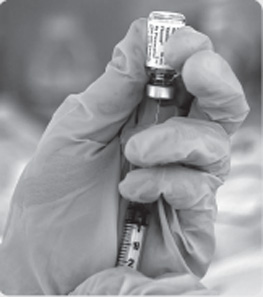


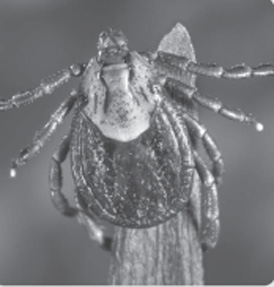
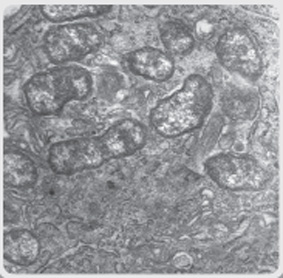
CHAPTER 6: VIRAL DISEASES: POX, POLIO,
AND CLASSIC CHILDHOOD INFECTIONS

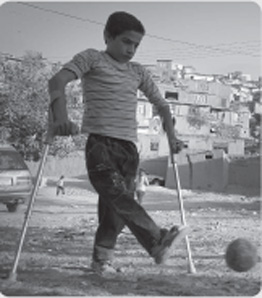



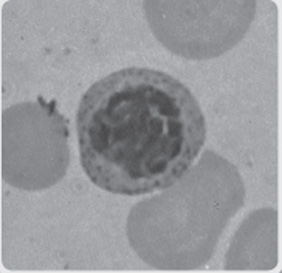

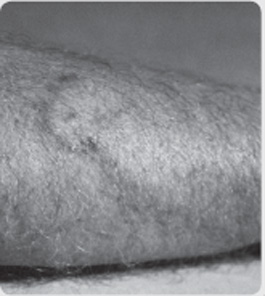
INTRODUCTION

A s humans, we sometimes forget about all the life around us, those organisms that we cannot readily see with the naked eye. Microorganisms, like bacteria, are everywhere in the human environment. They are in the air we breathe, the water we drink, the soil we tread upon. Many even live inside us and can only survive inside of us. Many also perform functions essential to human survival, such as reconditioning nutrients in the soil or purifying water. But there are a certain percentage of these microbes that, should they gain entrance into the body, can be quite dangerous. Infectious agentscertain bacteria, viruses, and protozoansinteract with the human body in all the same ways that more-helpful microbes do. Once they enter a human host, or, rather, invade, they can do a great deal of harm, and even cause death.
This insightful volume provides an overview of diseases caused by infectious agents, and how they affect human lives. The book covers the various infectious diseases; how they are transmitted; details of the human immune response; treatment; and, for some more notable and devastating diseases, a history of their effect on human society.
The major types of infectious agents are roughly grouped as bacteria, viruses, parasites, worms, and fungi. Each type varies in size and biochemistry, and they interact with the human host in very different ways. Bacteria, for example, are themselves organisms and can usually be viewed under a microscope, whereas viruses are not, technically speaking, living organisms at all and cannot be seen with the aid of simple light microscopes. Viruses exist only by means of replicating themselves within the living cells of host organisms.
Infectious agents are spread in numerous and varying ways, and their survival ultimately depends on a given environment. Humans are often the primary factor in spreading infectious disease, with living conditions and travel historically playing crucial roles in the facilitation of epidemics and pandemics. Crowded home environments brought on by overpopulation can create optimum conditions for disease transmission because of proximity and the potential compromises to hygiene caused by too many people using too few resources. The quality of sanitary and hygiene practices generally devolve with the onslaught of overcrowding. With global travel comes more opportunitiesmore potential hoststo carry diseases from one place to another, perhaps exposing an infectious agent to a population that may not have immunity to it.
With any animal organism, there is some degree of natural immunity, or resistance to disease. But immunity can be acquired as well, generally when humans are exposed to a disease at a young age. This trains antibodies to quickly and effectively respond to the disease. With some diseases, like measles, acquired immunity can last a lifetime, but with others, it could last only months. Vaccines are sometimes used to stimulate an effect similar to prolonged exposure, provoking antibodies to respond and build immunity, ensuring a more controlled method of acquiring immunity.
Although some microorganisms are helpful, others can cause a great deal of harm and even death
Next page
